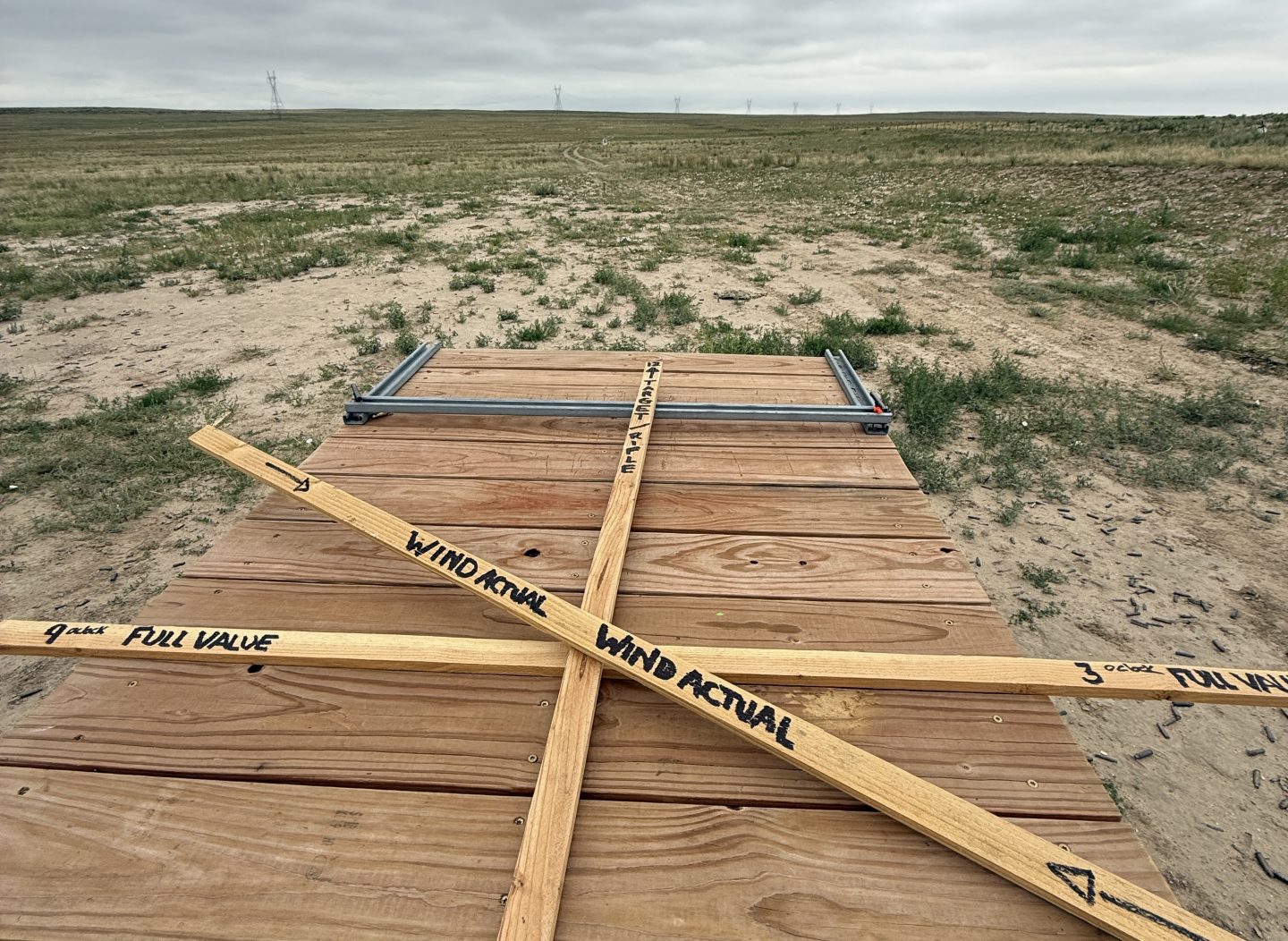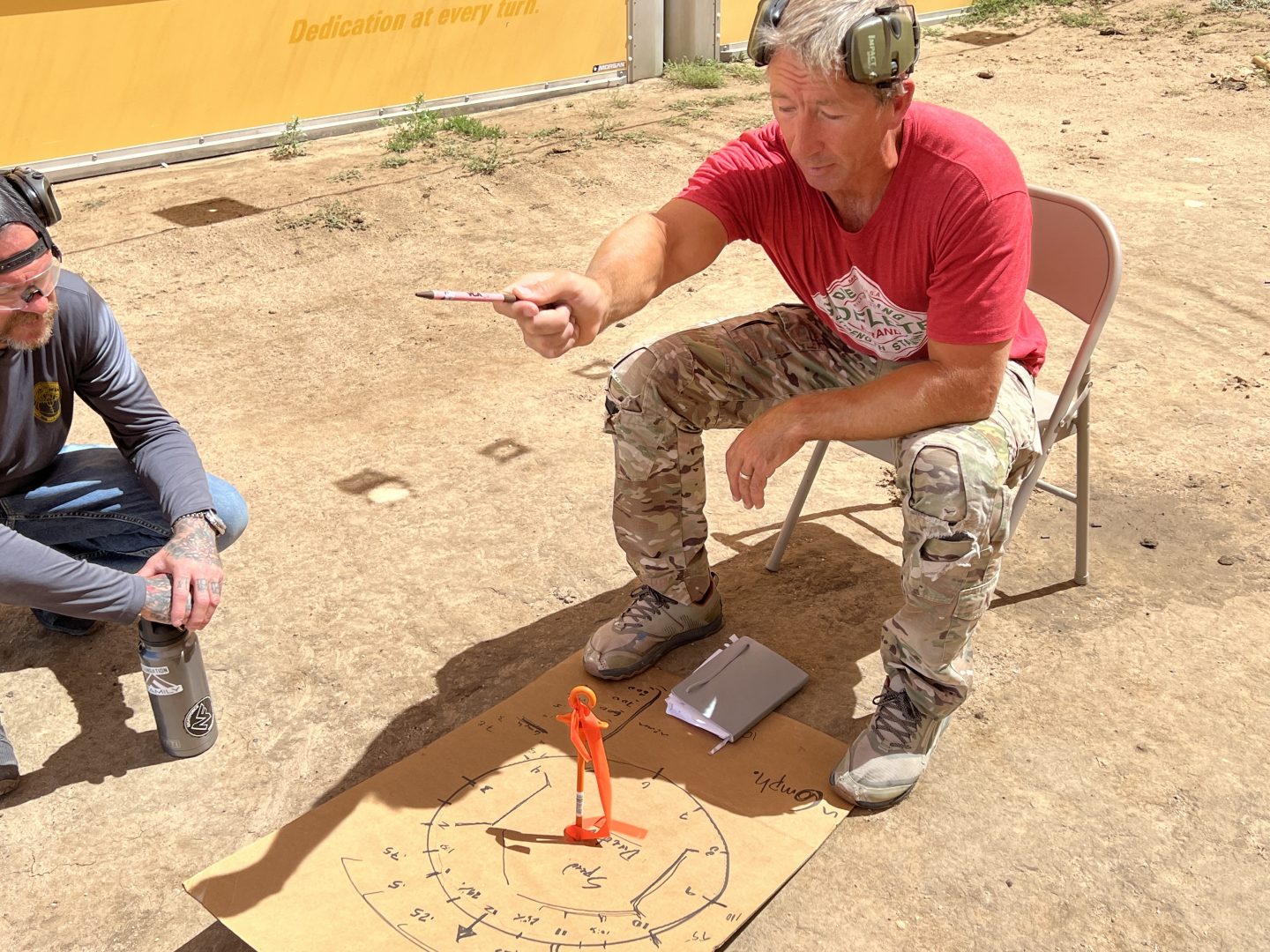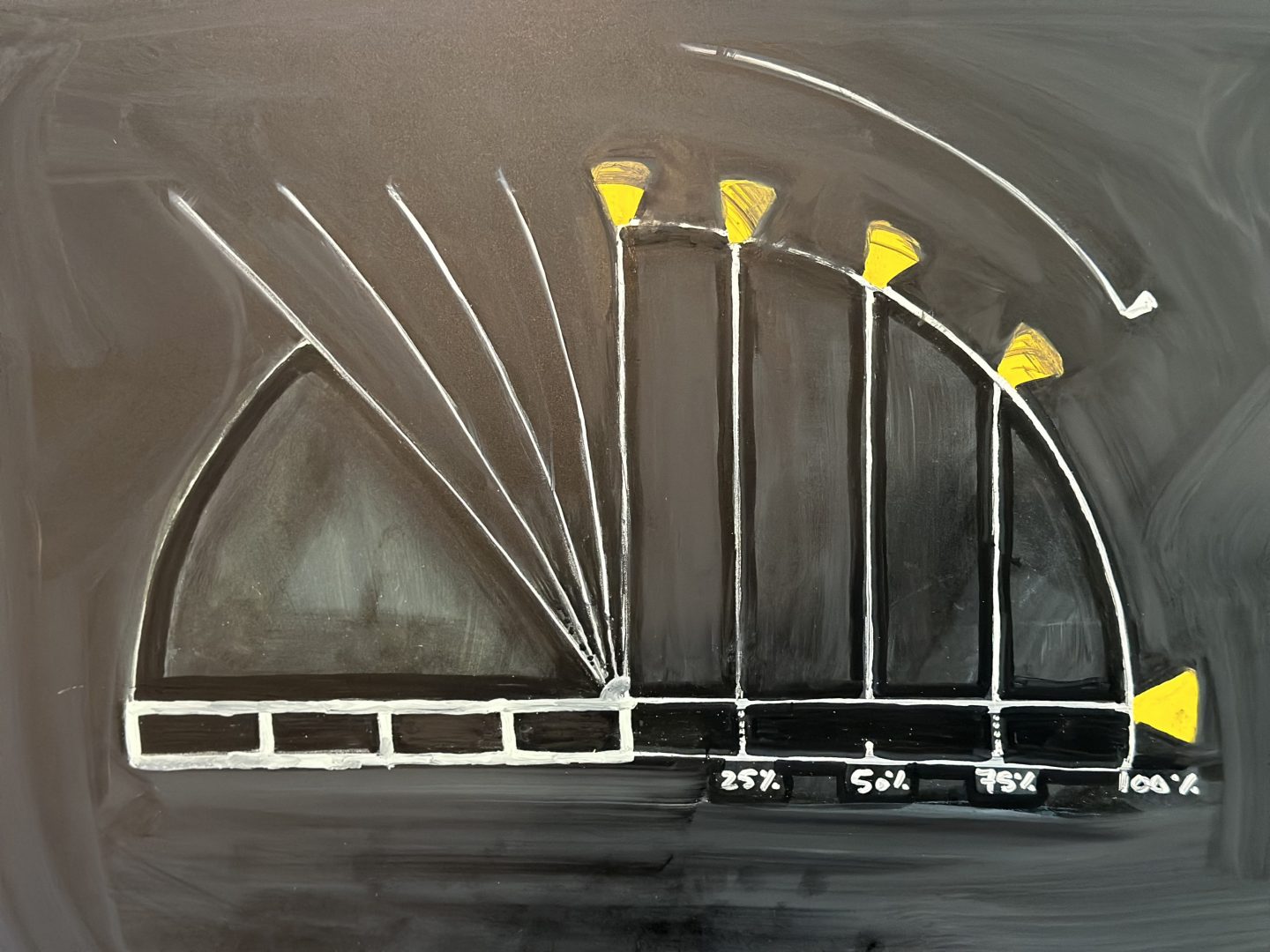Wind speed and direction can throw off a shot, but with the right terms and process, you can adjust for it effectively. The KraftNomicon, RifleKraft’s glossary of precision shooting terms and how they are used within our program, I share how I define and use wind-related concepts to hit targets at long range. This guide breaks down my approach to wind terms and how we use them specifically with wind.

Key Terms when accounting for wind speed and direction

Wind Speed / Wind Actual: The wind speed and direction you measure, like an 8-mph wind from a given angle.
Target Direction / aka 12 o’clock: The line from your rifle to the target, called the 12 o’clock line.
Full Value: Wind directly from 9 or 3 o’clock, or the Effective Wind speed, found by multiplying the actual wind speed by the cosine of the angle between the wind’s direction and the clock.
Effective Wind: the converted wind speed to represent a 9 or 3 o’clock value that has the appropriate wind hold.
Steps to Adjust for Windspeed and Direction.

Here’s my process for handling an 8-mph wind, step by step (from video)
Measure the Actual Wind Speed: Check the wind’s speed and direction, such as 8 mph from 7:30 on the clock.
Set the Wind Direction:
Set the Target Direction: Pinpoint the line to your target, establishing your 12 o’clock reference.
Calculate Effective Wind (Convert Wind to an adjusted full value number). If the wind isn’t from 9 or 3 o’clock, convert it. For an 8-mph wind from 7:30, multiply by the cosine (about 75%) to get a 6 mph full value wind.
New Direction of Fire? No problem. If the target direction changes, re-evaluate the wind’s effect by establishing a new 12 o’clock while keeping the same wind direction. Get new angle and convert to new Effective Wind. If the 8-mph wind is now nearly from 9 or 3 o’clock, hold for the full 8 mph.
To learn more sign up for KraftWind Here
Why accounting for wind speed and direction works

The KraftWind focus on full value simplifies wind adjustments by standardizing to a 9 or 3 o’clock framework, no matter your rifle or caliber. This method, taught through RifleKraft, helps you make faster, more accurate wind calls in changing conditions.
Angles have a large effect on the percentage of the wind speed in terms of effect on bullet trajectory. There are many instances where the error in total speed of 2-3 mph would be less of a reason for a miss than errors in 15 degrees causes for a 1mph wind. Learn more and hit more, that’s a snipers hide and riflekraft mindset and hopefully you are always learning and growing towards new goals!

